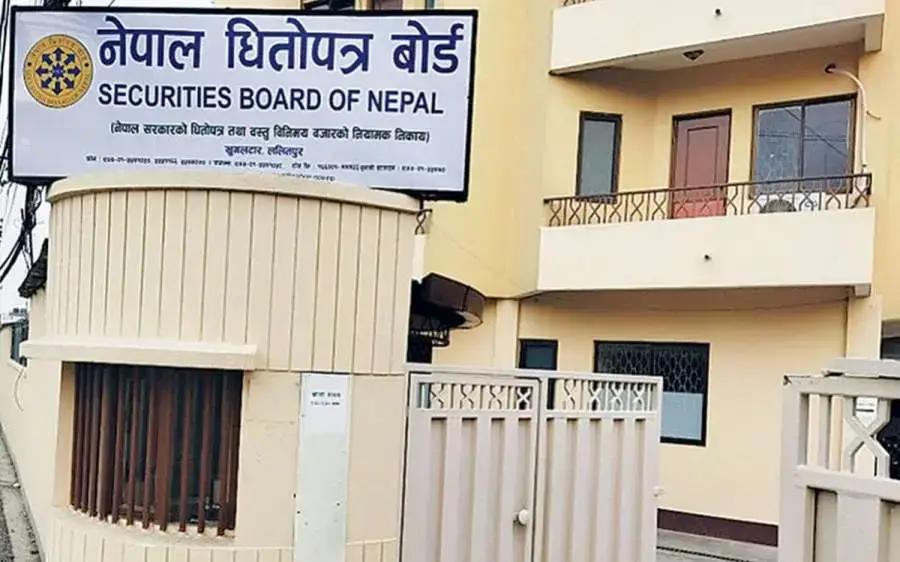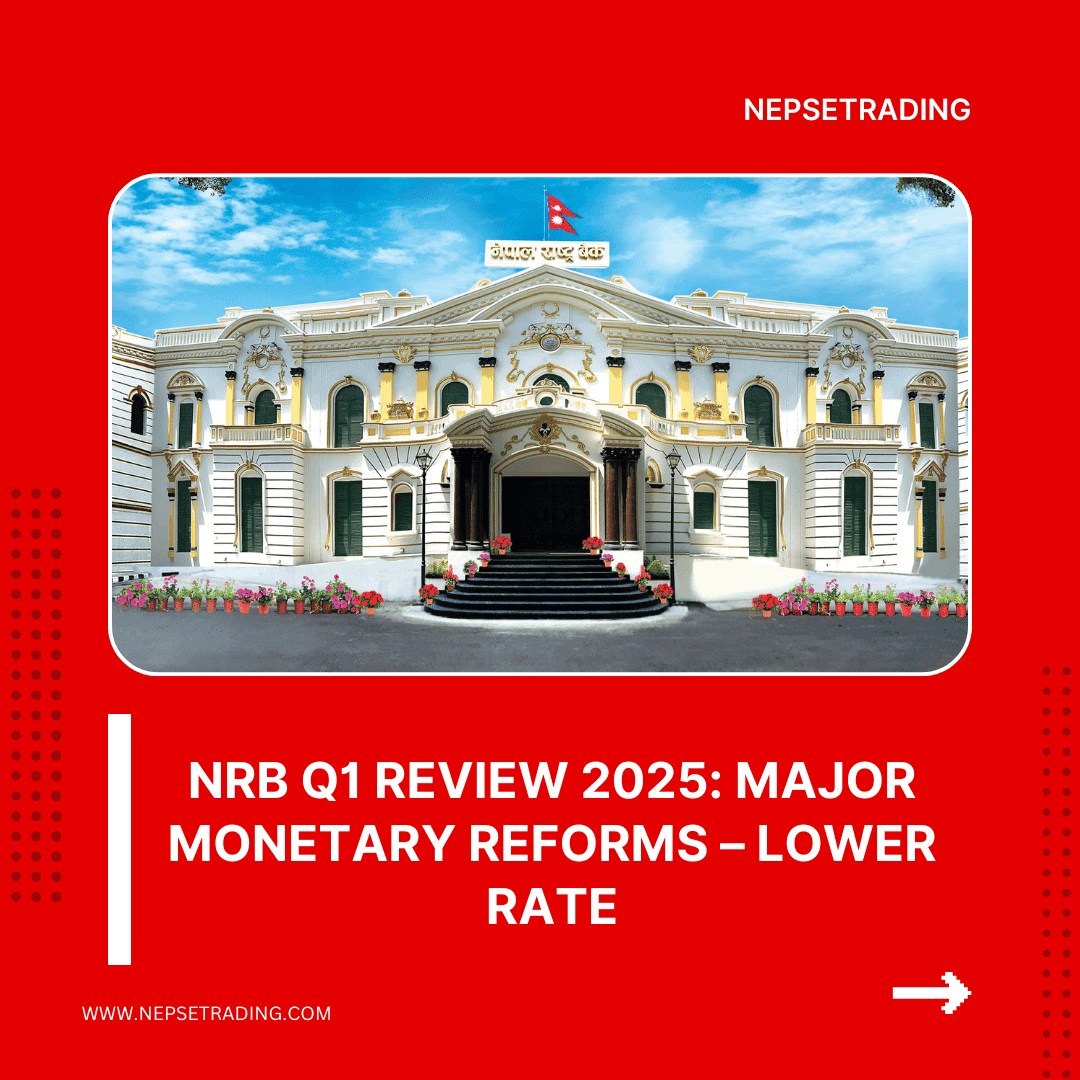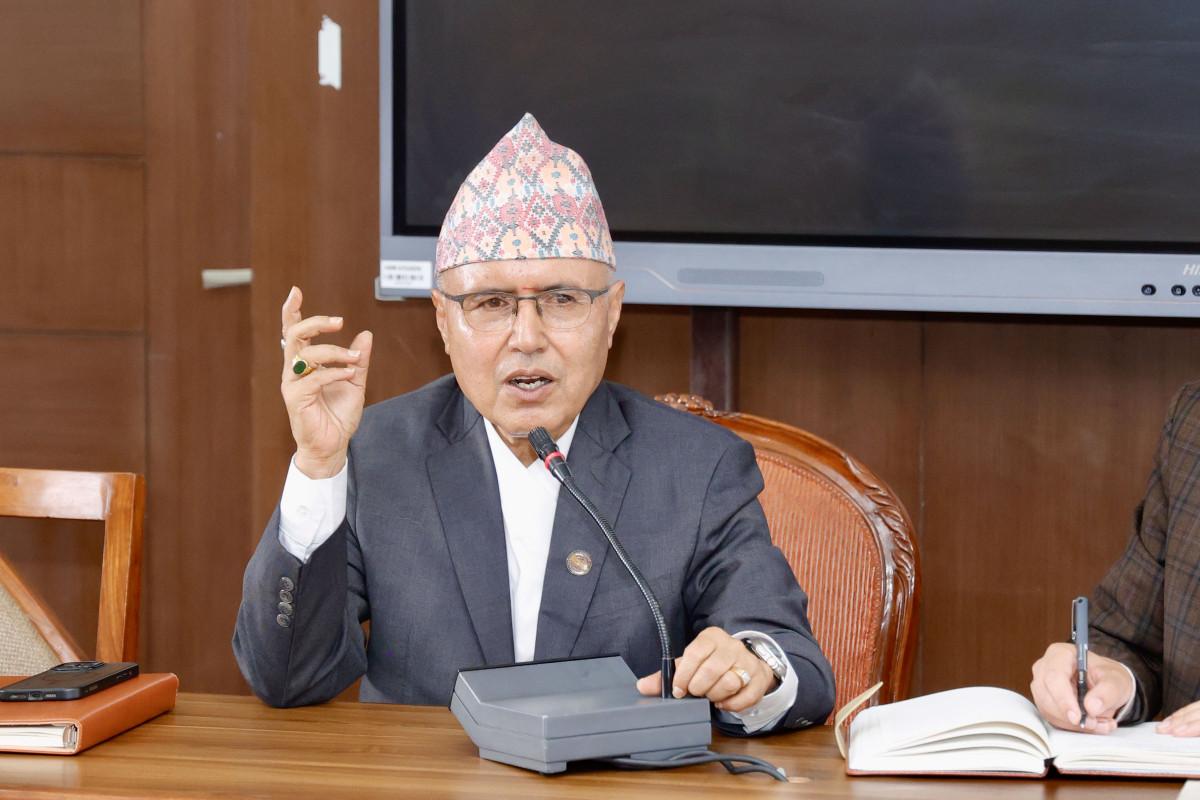By Sandeep Chaudhary
RSDC Dividend History (2073–2082): From 16% Peak to 8% Cash in Latest Fiscal Year

RSDC Laghubitta Bittiya Sanstha Limited (RSDC) has shown a dynamic dividend pattern over the past decade, reflecting the institution’s evolving financial performance and policy direction. From its early years of strong growth to recent moderation, the company’s dividend distribution history reveals how microfinance institutions in Nepal are balancing profitability, regulatory pressure, and capital management.
In its earlier years, RSDC was known for generous distributions. The highest recorded dividend came in FY 2075/76, when the company declared a total of 16%—including 10% bonus shares and 6% cash. This period reflected robust profitability and an expansion phase where bonus shares were favored to strengthen the capital base. The following years saw gradual moderation: in FY 2076/77, RSDC declared 9% bonus and 3.63% cash, totaling 12.63%. The next few years—FY 2077/78 (10% bonus + 0.53% cash), FY 2078/79 (8% bonus + 3% cash), and FY 2079/80 (8.6% bonus + 0.45% cash)—showed a balanced approach with smaller cash components, likely to preserve liquidity.
In FY 2080/81, the institution distributed 9.5% bonus and 0.5% cash, totaling 10%, marking another year of modest but stable payouts. However, the latest fiscal year 2081/82 signifies a major policy shift — RSDC declared only 8% cash dividend with no bonus shares. This decision indicates the company’s intent to conserve retained earnings and prioritize liquidity stability amid tightening financial regulations and market uncertainties.
The decade-long pattern, from 16% peak to 8% cash, mirrors Nepal’s broader microfinance trend—shifting from rapid expansion and high capital issuance toward prudent governance, risk control, and sustainable profitability. Investors interpret this steady, cash-only payout as a sign of maturity rather than weakness, as RSDC focuses on stability and compliance with Nepal Rastra Bank’s capital adequacy norms.









